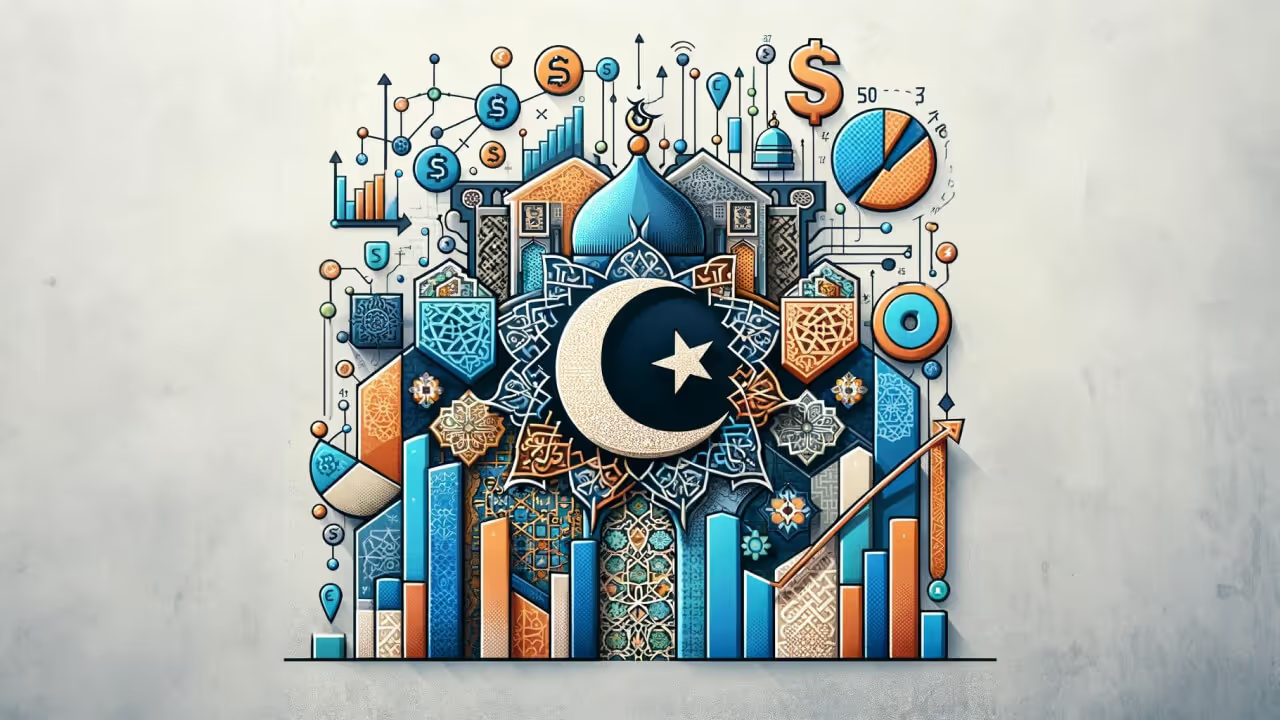Fusang
A Blockchain Enabled Sustainable Future
Achieving United Nation’s Sustainable Developmental Goals via Technology

Sustainability has become a top priority for individuals, communities, businesses, and governments around the world. The UnitedNations’ Sustainable Development Goals (SDGs) are a set of 17 goals that were adopted by all United Nations Member States in 2015. The SDGs are a comprehensive plan that covers a wide range of social and economic development issues, including poverty, hunger, health, education, climate change, gender equality, water, sanitation, and energy. To achieve these goals, it is essential to have a clear understanding of the most pressing sustainability concerns and the advanced technological tools that can be used to monitor and address these issues.
One such impending technology in attaining global sustainability is blockchain. Blockchain technology is a distributed public ledger database made up of a series of blocks, which maintains and verifies a full history of past transactions within the network system. The advantage of this technology is that it allows for transparency and immutability of data, which could potentially be used to track the progress of SDG implementation. For example, blockchain-based applications could be used to monitor the supply chain of goods and services, track the use of natural resources, or verify the identity of individuals.
The global blockchain market size is expected to rise from USD 7.18 billion in 2022 to USD163.83 billion by 2029 at a Compound Annual Growth Rate (CAGR) of 56.3% during the forecast period, according to the Fortune Business Insights report“Blockchain Market Share, 2022-2029”. The report further states that the increasing demand for transparency and immutability of data is one of the major factors driving the growth of the market. The rising need to streamline business processes and reduce operational costs is also expected to contribute o market growth.
While it is most widely known as the underlying technology behind digital currencies, blockchain’s potential is well beyond that. The technology has a plethora of applications under its umbrella – from land title registry, self-sovereign identification to health record management. And so, it stands to reason that use cases could or should include tracking the progress of SDG implementation, verifying the identity of individuals, and reducing operational costs. In addition, the increasing demand for transparency and immutability of data is one of the major factors driving the growth of the market.
Here are someways in which blockchain technology can contribute towards a sustainable future:
Green finance
Blockchain's secure and distributed electronic ledger can also be used to facilitate sustainable investing by providing economic returns that will help preserve environmental sustainability in various ways. This idea of 'green finance' -integrating environmental protection with financial profits is gaining momentum within the financial sector. This creates incentives for investing in sustainability initiatives, including risk mitigation and long-term results.
Combat counterfeiting
In addition to environmental damage, worker exploitation, reputational damage, and the loss of billions of dollars in genuine brand revenues each year, problems like reputational harm, brand damage, and the loss of billions of dollars in real profit can also be linked to the structure of products made. By decentralising a database visible to brands and consumers alike — so that each product during manufacturing receives a unique identifier— consumers and those in the supply chain will have an online certificate cryptographically signed by the brand. This will also distinguish authentic products from counterfeits, helping to combat counterfeiting and the negative strain it causes our natural resources, as well as fair work practices.
Greater transparency
Consumers today are very concerned about the environment and social issues, and they are looking for transparency in products, supply chains, and sustainability policies. The decentralisation of blockchain is an important aspect towards ensuring transparency. It enables users to keep tabs on materials in the supply chain, which in turn can help verify and demonstrate brand ecological and ethical claims, operations, and impacts. The Blockchain can play an important role in creating public confidence, as it enables the tracking of materials in the supply chain.
The 3 Rs: Reduce, Reuse, Recycle
Reducing waste, reusing products, and recycling materials are essential to sustainability. This circular economy model ensures that products and services are traded in a closed loop. In this scenario, we can better protect the earth's natural resources by eliminating waste. Blockchain can help achieve that by providing transparency and traceability of origin of materials, logging recycling history of materials and how it effectively reduces wastage.
Although blockchain is still growing in its potential use cases in every aspect of our everyday life, there are still a lot of opportunities to fulfil its potential, be it in a private or publicly accessible chain. There is no doubt that blockchain technology displays very promising solutions to facilitate and accelerate sustainable investments. The world at large would only benefit from the transparency and immutability of the blockchain.




